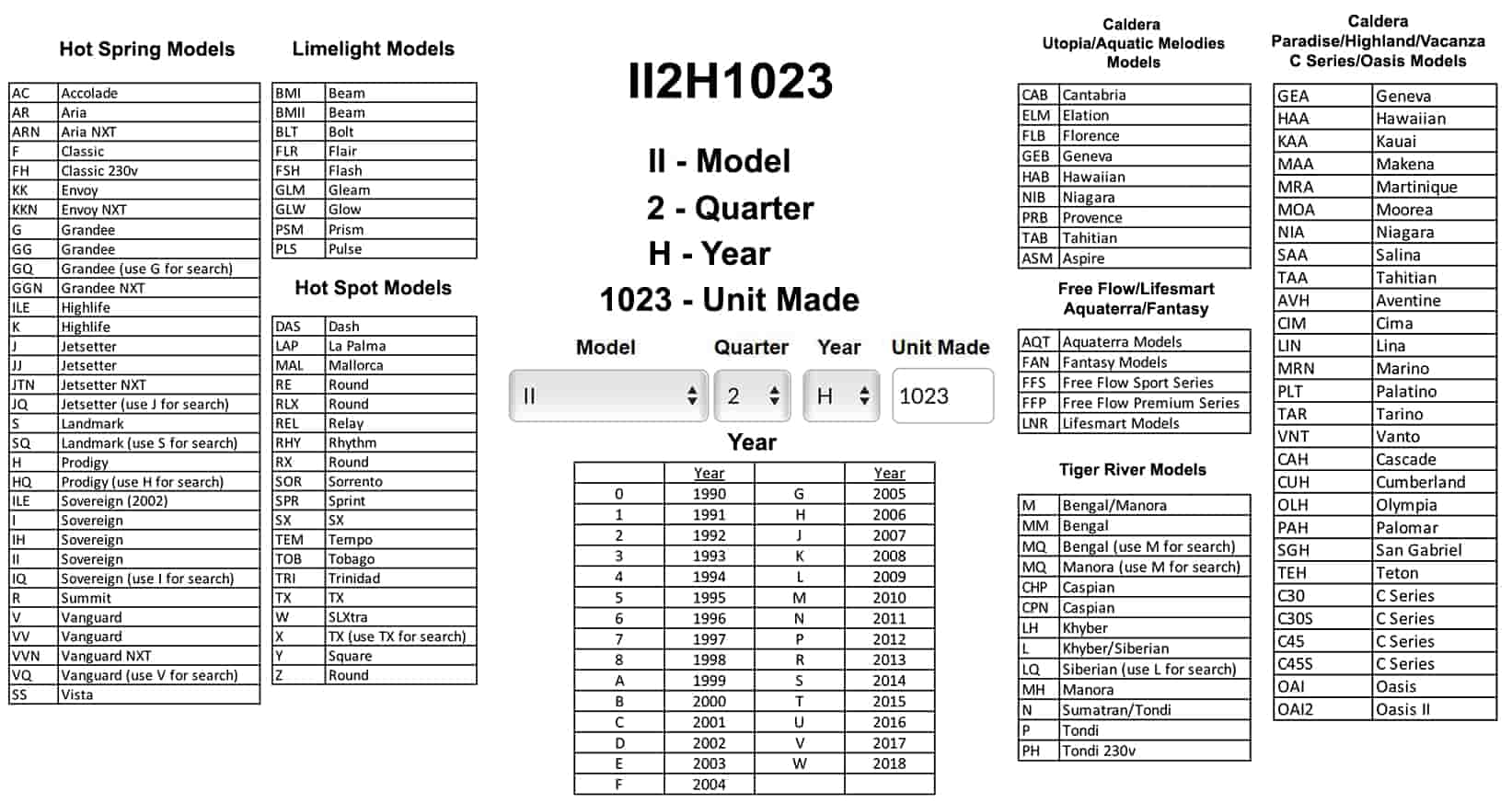Most Efficient Practices to Balance Spa Chemicals
This Blog was posted on April 20, 2023 by HTSS.

Maintaining proper chemical balance is critical to keep your spa clean and healthy for use. Spa water that is unbalanced can result in skin irritation, equipment damage, and even illness. The good news is that there are efficient practices to balance spa chemicals, and in this blog post, we will cover some of the most important ones.
4 Main Chemicals Used in the Spa
Chlorine, bromine, alkilinity and calcium hardness are the four primary chemicals used in spa maintenance. Each chemical serves a different purpose in keeping spa water safe and clean. Balancing spa chemicals is crucial to ensure that the water is safe, clean, and free from harmful bacteria and other contaminants. When spa chemicals are out of balance, the water can become cloudy, develop a strong odor, and may cause skin and eye irritation. A spa that is not correctly balanced can also damage the spa's components, including the pump, filter, and heater, leading to costly repairs.

Chlorine is the most commonly used chemical for spa maintenance. It is a sanitizer that kills bacteria, viruses, and other contaminants in the water. Chlorine is available in different forms, including granules, tablets, and liquid. It's essential to test the chlorine levels in your spa regularly and maintain a level between 3-5 parts per million (ppm).
Bromine is an alternative sanitizer to chlorine that is often used in spas. It is particularly useful for those who have sensitive skin and allergies to chlorine. Bromine is also available in different forms, including tablets and granules. The recommended bromine level is between 3-5 ppm.
Calcium hardness is the measure of how much calcium is in the water. The recommended calcium hardness level for spa water is between 150-250 ppm. If the calcium hardness level is too low, it can cause corrosion of the spa's components, while a high level can cause scaling.
Alkalinity is the measure of how much alkaline material is in the water. The recommended alkalinity level for spa water is between 80-120 ppm. If the alkalinity level is too low, the water can become corrosive, while a high level can cause cloudy water and scaling.

Efficient Practices
The first and most critical step in balancing spa chemicals is to test the water regularly. You can use a testing kit or test strips to check the levels of chlorine or bromine, pH, alkalinity, and calcium hardness. You should test the water at least once a week or more frequently if the spa is used frequently.
The pH level of your spa water should be between 7.2 and 7.8. A low pH level can cause skin and eye irritation, while a high pH level can cause cloudy water and scaling on spa surfaces. You can adjust the pH level by adding pH increaser or decreaser to the water.
We also recommend shock products, because they are used to oxidize the contaminants in the water, such as dead skin cells, oils, and other debris. Available in different strengths, and it's essential to choose the right product for your spa's needs. Shocking your spa regularly will help to keep the water crystal clear and clean.

